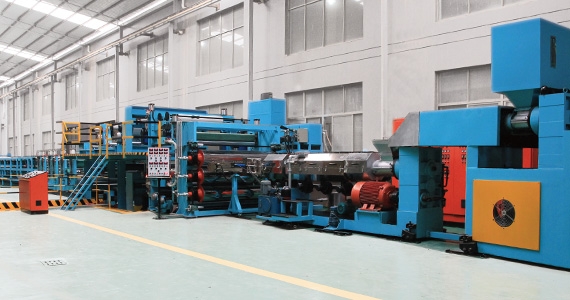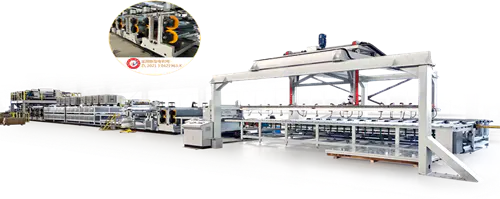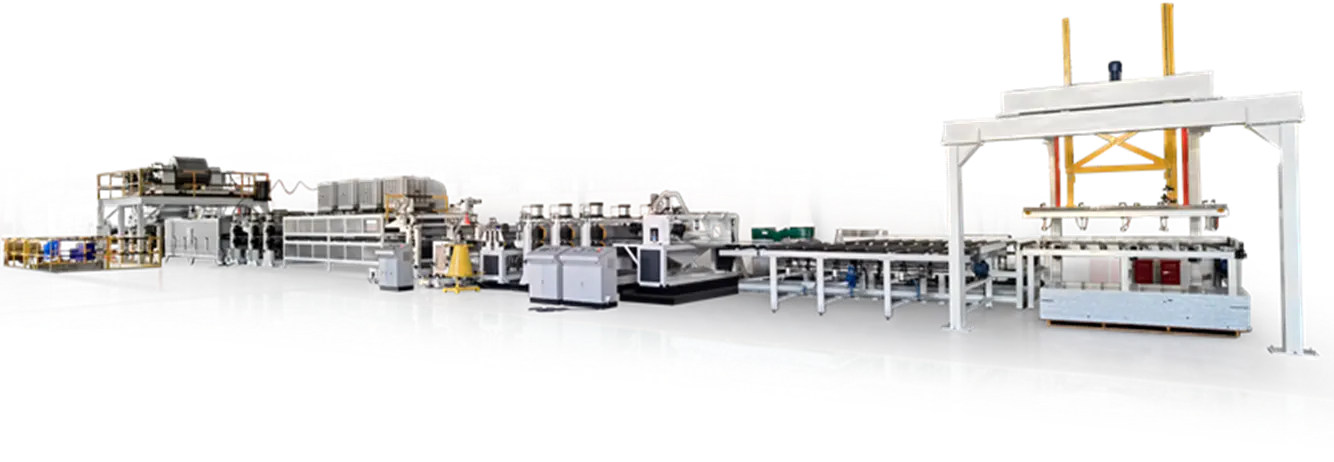The belt production line is a curved shape with stable, high efficiency, low noise and low pollution, and the most critical component in the belt production line with the most unstable basic quality is the idler. Therefore, the quality of the idler of the production line accessories is the key to the production of the belt production line. one. In the production of idlers, Yuyin, as a professional manufacturer, has different suggestions and opinions. Now we have some technical discussions with relevant experts in the industry to improve ourselves, and at the same time, we can better control the quality of idlers, so as to make the belt production line performance is more stable.
The measurement of the axial movement of the idler, that is, the amount of shaft displacement, considers that the idler is placed vertically on the inner surface of the support seat and cannot be in contact with the bearing seat, and then an axial force is applied to the idler shaft to turn the roller around and measure the sweat. Then, the method of calculating the axial displacement of the auxiliary sub is relatively accurate for the measurement of the axial displacement of the small ball bearing idler, but this measurement method has great limitations for the large-sized idler. Moreover, the specifications of the front idlers have been changed from small to medium-sized, and this axial displacement measurement method can no longer meet the actual productivity of the machine. Can no longer be tested; secondly, with the size of the production line accessories idler size, the diameter and length of the shaft increase at the same time, resulting in the weight of the shaft itself to be tested.
Since the direction of gravity is perpendicular to the direction of the shaft, the shaft will not be displaced in the axial direction, so the error in the measurement of the axial displacement of the idler can be completely avoided. The determination standard of the rotation resistance of the idler specifies the standard value for the determination of the idler's dynamic rotation resistance in the national standard. Whether it is a dust-proof idler or a waterproof idler, it is only distinguished and defined by whether the diameter of the idler is less than or equal to the rated value or greater than the same rated value, and has nothing to do with other specifications and factors. We conducted empirical analysis and actually tested the dynamic rotation resistance of various specifications of idlers, and concluded that there are limitations in the definition of the dynamic rotation resistance of idlers.
The dynamic rotation resistance of the idler mainly comes from the frictional resistance between the fixed part and the rotating part during the rotation of the idler, and for the idler, this friction comes from the bearing between the inner jacket of the idler bearing and the bearing rolling element. The theoretical radius of the roller is wide, the radius of the idler is only, and the theoretical formula can be obtained for the idler, and the friction force is only related to the friction coefficient between the bearing rolling element and the bearing inner jacket and the positive pressure on the roller bearing. The ruler is related to the ruler, and under the same conditions, the ruler is a fixed value, that is, the friction force is a fixed value. Therefore, it can be seen from formula 2 that the rotation resistance is only related to the radius of the bearing rolling element and the radius of the support rod. However, according to the national standard, the value of the rotation resistance of the roller is calculated, without considering the theoretical diameter of the bearing rolling body and the continuous transmission of the force. We believe that the calculation and statement of the rotation resistance of the roller in the national standard is theoretically one-sided.


 中文简体
中文简体 English
English Português
Português русский
русский Español
Español عربى
عربى









